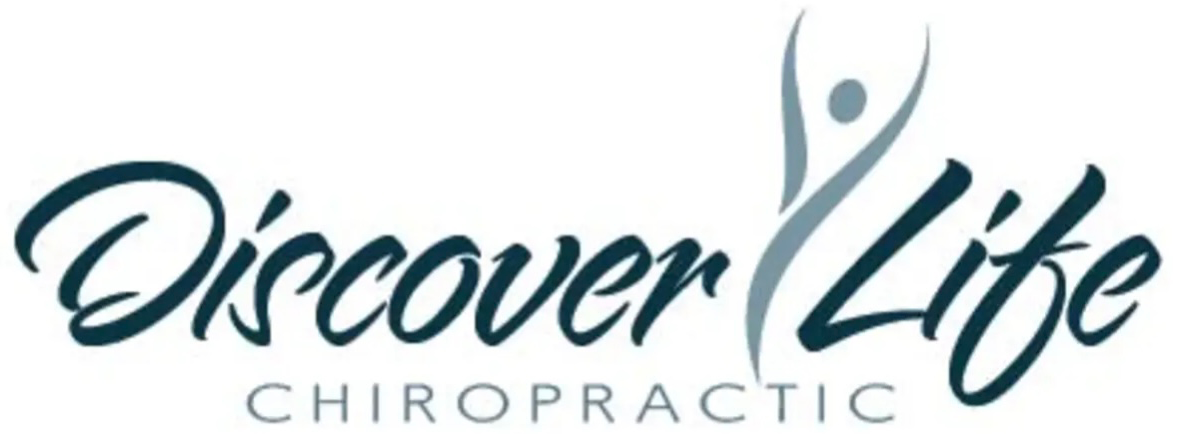Soft Tissue Injuries In Car Accidents
7010652767 • March 13, 2025
This is a subtitle for your new post
Soft Tissue Injuries In Car Accidents
In today’s fast-paced, got-to-get-there-now society, the probability of a personal injury is more significant than ever. Among those personal injuries, the most common is soft tissue injury. Wounds of this nature include whiplash, sprains, and strains. Whiplash is primarily famous in most automobile vernacular, essentially hyperextension of the neck. This cervical strain can cause damage to ligaments and neck joints (leading to possible degenerative disc disease). Secondly, sprains – partial or complete tears of connective tissue (ligaments), often occur out of reaction to impact. For example, they are seizing the wheel to maintain vehicle control. Lastly, strains associated with injury to tendons result in muscle pain, weakness, and limited movement ability. Whether whiplash, sprain, or strain, Discover Life Chiropractic is dedicated to helping patients navigate the distress and burden of uncontrollable circumstances.
Using state-of-the-art technology, such as MyoVision’s Dynarom, we analyze and treat patients on-site, which allows for a more accurate diagnosis and an optimal recovery. This NASA-inspired instrument is unique to our practice and helps document injuries precisely. “Unlike MRI, CT or ROM testing, DynaROM is performed in motion which elicits abnormal muscle function if present (myovision.com).” Because of this skill, we can correctly address the direct area of injury and document accurately for personal injury claims.
Along with MyoVision’s superior technology is Spinal Kinetics X-ray analysis. Spinal Kinetics permits “spinal injury-treating providers” to stop estimating and accurately identify the seriousness and position of their patient’s damage. This expertise recognizes non-disc spinal ligament injuries, which are “The leading cause of chronic pain [in] spinal injury .”
After diagnosis, our approach to treating soft tissue injury is to stretch injured tissues using:
• Spinal traction – Decompression therapy that relieves pressure on the spine.
• Foam roller – Helps relieve muscle stiffness, tenderness, and swelling and increases range of motion.
• Fulcrum exercises – Decrease neck spasms, reduce headaches, and increase circular and lymphatic flow to the head and neck.
These exercises help to strengthen and increase blood flow to heal faster and avoid further injury. Routine 30-day re-exams help document progress and stay on a healthy course. To learn more about soft tissue injury or to set up your consultation today, call us at 253-472-4400.


By 7010652767
•
March 17, 2025
The Benefits Of Getting Your Spine Checked Before Starting Your Spring Yard Work After spending most of your winter indoors, activities like clearing up debris, gardening, and mowing the lawn can have negative effects on your neck and lower back. An activity like raking leaves which normally involves repeatedly twisting your upper body can takes its toll on your spine and the surrounding muscles. Having your spine checked by a chiropractor prior to performing this kind of work can ward of potential injuries to your neck and back. How Getting Your Spine Checked Prepares You For Spring Yard Work Regular spinal check-ups are critical for protecting the spine which affects everything in our body. A chiropractor can help prepare your body for yard work by: - Aligning the spine: Chiropractors assess spinal alignment and correct dysfunctions, fending off potential injury. - Recommending exercises that strengthen supporting muscles to prevent overuse injuries - Helping improve range of motion in your joints by removing adhesions and promoting tissue health - Performing adjustments to reduce stress on joints, tissues and nerves. Remember, some spinal conditions can arise even without symptoms; having check-ups can help you discover this early and prevent future problems. 3 Best Ways To Warm Up Your Spine Before Starting Yard Work Warming up your spine before embarking on yard work can help improve flexibility, prevent injuries, and prepare your body for the task ahead. Perform these basic range of motion exercises before starting yard work: Bending Bend forward from a standing position using your hips as a fulcrum. This stretches your hamstrings, calves, and lower back muscles, while also easing tension in your spine and encouraging relaxation. Rotating Spinal rotation involves twisting of your spine around its longitudinal axis. It stretches the muscles around the spine helping improve flexibility and posture while minimizing the risk of injury in the hips and spine. A good example is a standing trunk rotation for your back. Stretching Perform any of these three stretching exercises which can help your lower back: • Knee to chest: A basic stretch that improves flexibility of your lower back • Hip circles: These improve your active range of motion by exercising the hips, lower back, and core. • Hip flexor stretch: Improves posture and hip mobility. • Arm circles: These exercise works on your shoulders, arms, chest, and back muscles. Other exercises Simple exercises like back squats, hip thrust, and lunges are important for activating core, posterior chain and shoulder muscles before embarking on yard work. Helpful Tips To Help Reduce Stress On Your Spine When doing yard work following these tips can reduce strain and potential injuries: 1. Work in short intervals: Avoid prolonged periods of repetitive motion – and take regular breaks. 2. Engage the diaphragm: use proper breathing techniques to stabilize your core and reduce back strain 3. Use correct lifting techniques: keep your elbows and arms close to your body and your back straight. Bend knees first. 4. Bring your workspace to you: use a workbench or table for potting and planting work. kneel, squat or work from your hands and knees when necessary 5. Avoid flexing your spine excessively: this reduces disc pressure and prevents herniated discs. Conclusion Your spine is worth protecting, so warm up before yard work and use proper movement techniques to prevent injuries. Make a point of seeing a spine care specialist as a preventative measure against potential pain or discomfort. If you’re interested in a spinal check-up call (253) 472-4400 today.
Learn More About Discover Life Chiropractic
Located in Tacoma, WA, Discover Life Chiropractic specializes in chiropractic care for chronic pain, personal injuries, and headaches. New patient special offer. Same-day appointments. Contracts with most insurance companies. Call today.
Business Hours
- Sun, Fri
- Closed
- Mon, Wed, Thu
- - -
- Tuesday
- -
- Saturday
- -
Hi. Do you need any help?
Privacy Policy
| Do Not Share My Information
| Conditions of Use
| Notice and Take Down Policy
| Website Accessibility Policy
© 2025
The content on this website is owned by us and our licensors. Do not copy any content (including images) without our consent.

Share On: